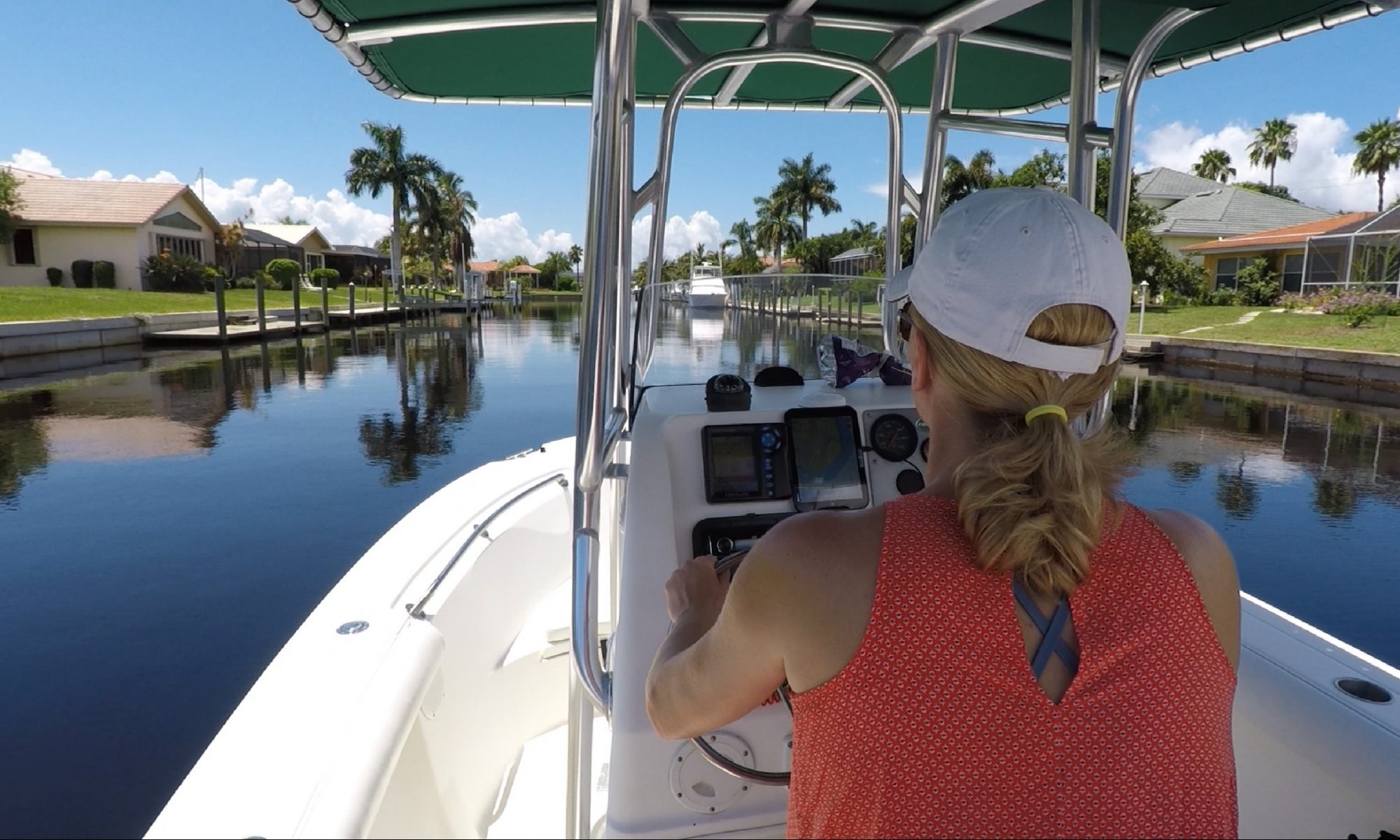Owning waterfront property can be a dream come true. The picturesque view, the peaceful sound of waves, and the access to water-based recreational activities are just a few of the perks. However, with this privilege comes responsibility. Waterfront homeowners have unique responsibilities in helping protect the environment.

Proper disposal of waste
One of the primary responsibilities of a waterfront homeowner is the proper disposal of waste. It is essential to keep any trash away from the water. Pollutants can easily flow into the water and cause harm to aquatic life. As a waterfront homeowner, proper garbage disposal, including plastics, is crucial to protecting estuaries like Charlotte Harbor.
Maintenance of the shoreline
The shoreline of a waterfront property is an essential component of the property, and it helps maintain the integrity of the environment and supports marine life. As a waterfront homeowner, you must maintain seawalls, rip rap, or beaches by keeping them free of garbage or debris. Also, it is essential to ensure that any building structures, such as docks or boathouses, are adequately maintained.
Protect of marine life
A waterfront homeowner also has a responsibility to protect marine life. Any actions taken by a homeowner that can harm aquatic life or disturb the natural environment must be avoided, and this includes using harmful chemicals or disturbing any marine life.
Local regulations
Waterfront owners must know their local property regulations and responsibilities to maintain their property.
Educating guests
As a waterfront homeowner, you should educate your guests and visitors about protecting the waterways. You can also encourage them to practice sustainable and responsible practices to ensure the environment remains healthy and thriving.
Owning a waterfront property comes with a great deal of responsibility. Proper waste disposal, shoreline maintenance, protection of marine life, adherence to local regulations, and educating guests and visitors are just a few of the responsibilities to help protect and maintain the natural environment around their property.




